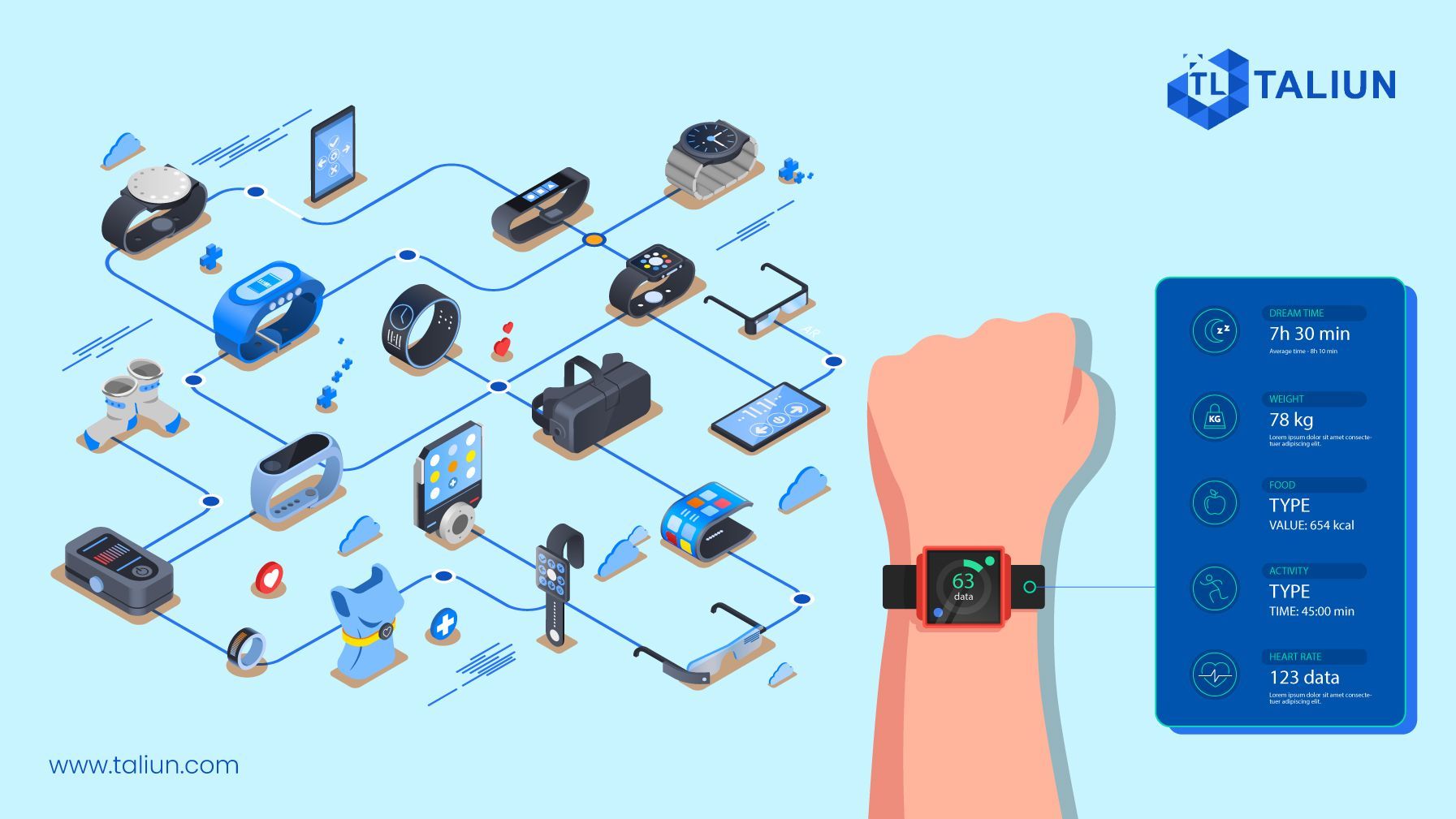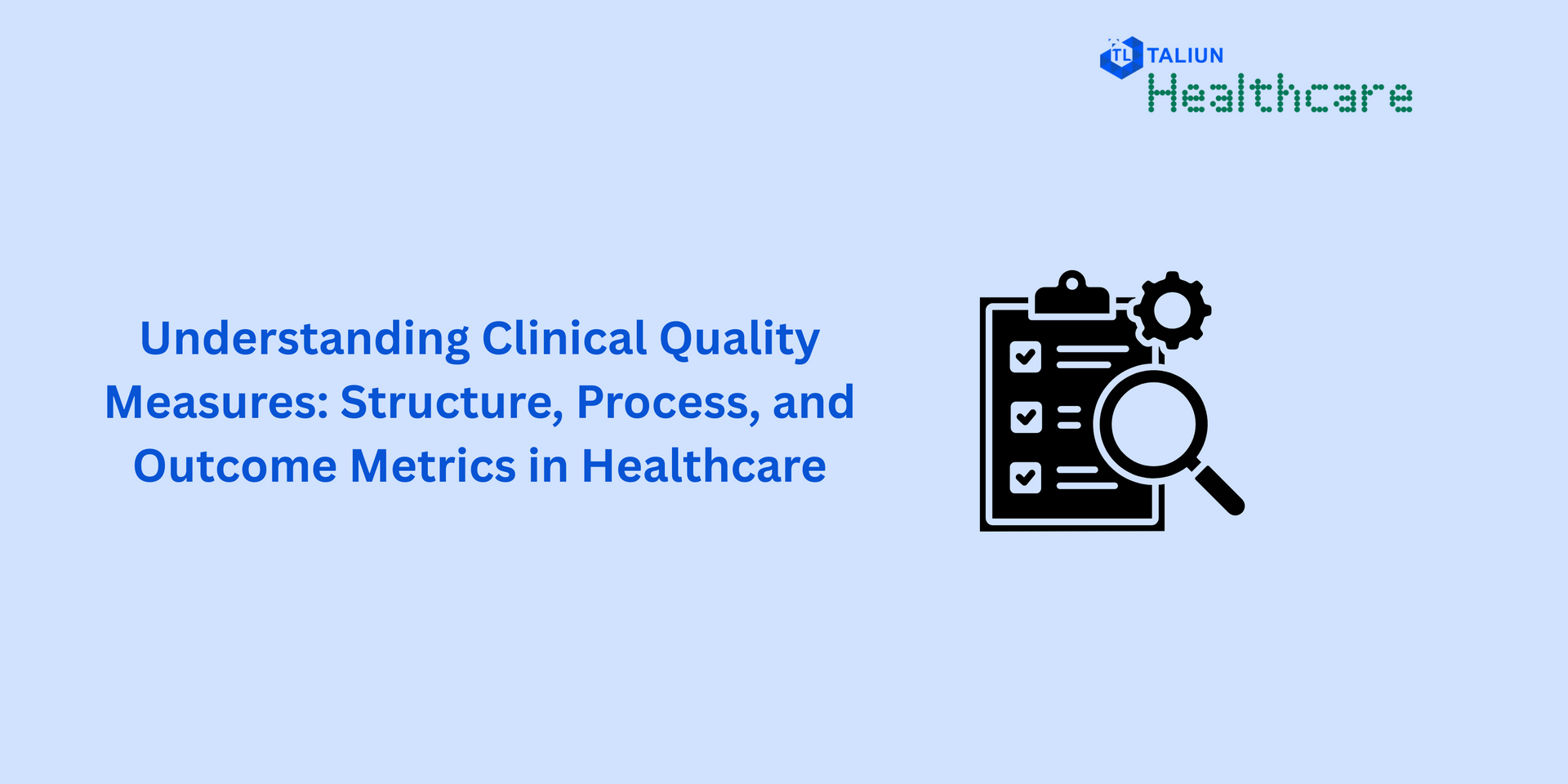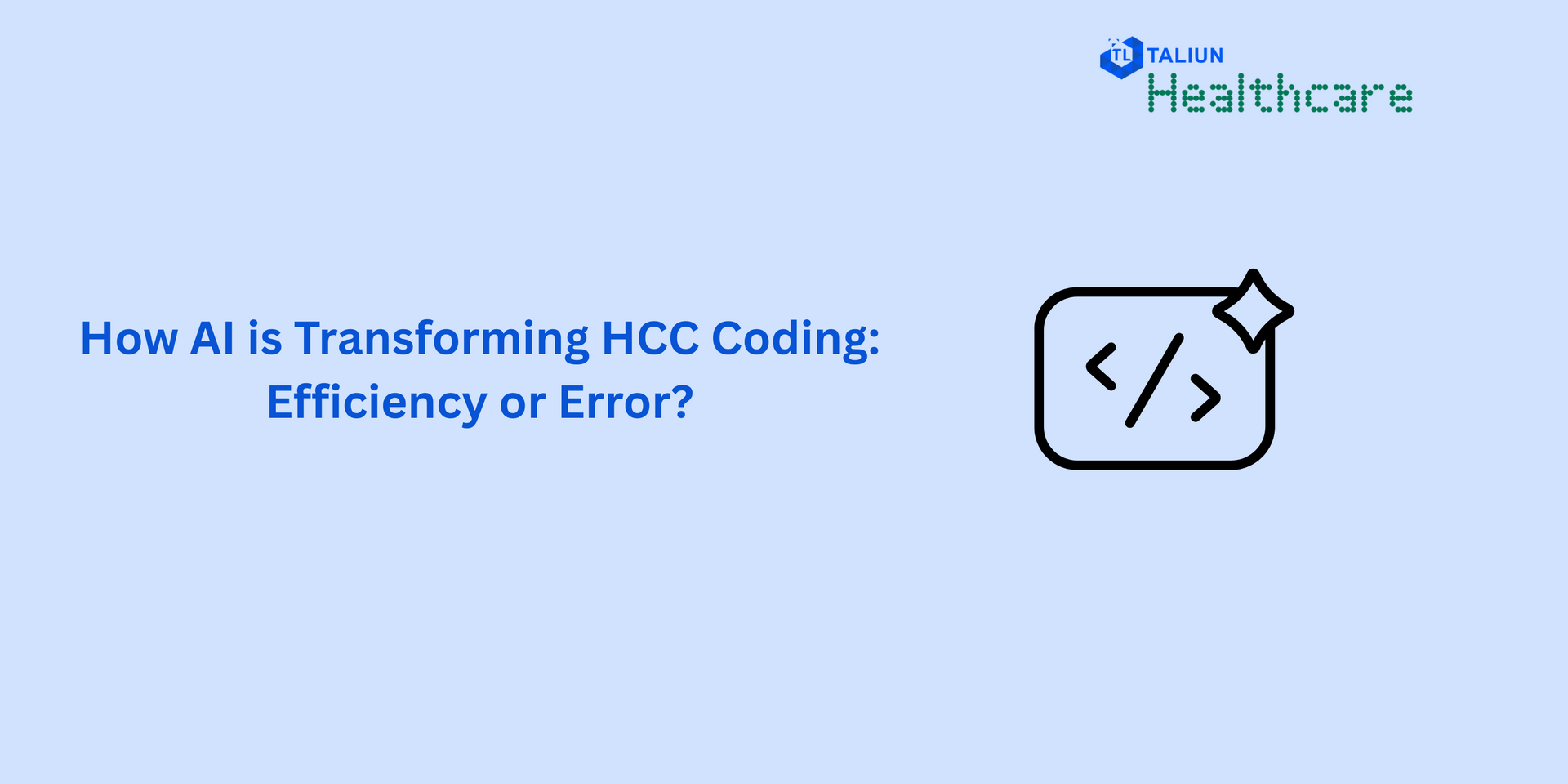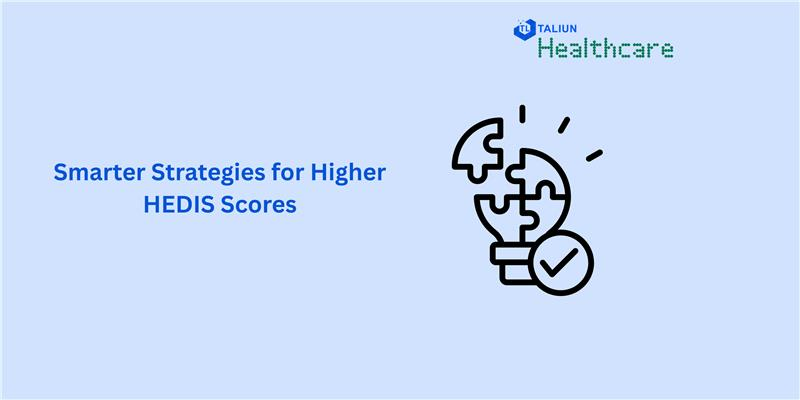Leveraging new generation Wearable data to Improve Patient Outcomes and Increase Reimbursement

Wearable technology has the potential to improve patient care by providing real-time information on health and behavior. However, clinical teams can struggle to implement this technology due to the fragmented nature of today's healthcare systems.
Two key issues need to be addressed:
1) The timely integration of wearable data into the electronic health record (EHR)
2) The ability to use patient data to generate actionable insights and identify opportunities for improving care.
Both of these issues can be addressed by implementing a new platform that connects EHR systems with wearable technologies and aggregates the data in a common repository.
This would allow clinical teams to access patient information in a single location and enable organizations to drive clinical and business value from the data being collected. It also enables providers to identify patients that may require additional monitoring or intervention based on their level of physical activity.
Combining clinical data with activity data can provide valuable insights into each patient's overall health and use this information to improve the patient's overall well-being and reduce health risks. By aggregating and analyzing data from multiple wearable devices in a single platform, healthcare providers can identify gaps in care and address these issues more effectively.
In addition, providers can use predictive modeling to identify high-risk patients who require closer monitoring and early intervention to prevent them from developing chronic health conditions. This type of analytics can help reduce the cost of healthcare and improve patient outcomes.
This white paper discusses the benefits of integrating wearable data with EHR systems and provides guidelines for organizations looking to build a data-driven healthcare system.
Benefits of Integrating Wearable Data with EHR Systems
Integrating wearable data with EHR systems has many potential benefits for healthcare organizations.
These benefits include:
Improved quality of patient care: Using data from wearable devices to monitor patient health can be a valuable tool for improving quality of care. It can help reduce hospital readmission rates and decrease the number of emergency room visits by providing real-time insights into patients' condition. • Increased productivity: Leveraging data from wearable devices can improve efficiency in the healthcare system by automating manual processes and reducing the amount of paperwork required to administer patient care.
Better data analytics: Integrating data from wearable devices with clinical records allows organizations to analyze large amounts of patient data and identify opportunities for improving care delivery and clinical outcomes. The integrated data can also be used to identify bottlenecks in the delivery of care and develop solutions that address the root causes of these issues.
Reduced costs: Integrating data from wearable devices with EHR systems can help reduce the overall cost of the healthcare system by making it easier to identify inefficiencies and implement innovative solutions that reduce costs without compromising on the quality of patient care.
Benefits for Patients In addition to providing benefits to healthcare organizations, the integration of wearable data with EHR systems can provide a number of benefits for patients.
These benefits include:
Enhanced quality of care: Integrating data from wearable devices with EHR systems helps healthcare providers monitor patient health remotely and provide them with appropriate treatment in a timely manner.
Improved quality of life: By tracking patients' health metrics using wearable devices, healthcare providers can help them make better lifestyle choices and manage conditions such as diabetes and heart disease more effectively.
More control over their own healthcare: Allowing patients to track their health metrics using wearable devices empowers them to take greater responsibility for their care and improve their outcomes.
This is particularly important for patients with chronic diseases such as diabetes or hypertension who need to be aware of any changes in their health status and take proactive steps to manage these conditions.
Challenges and Considerations One of the greatest challenges associated with the deployment of wearable devices in healthcare environments is the limited interoperability between these devices and existing IT systems. Many healthcare providers use disparate systems and technology to manage their day-to-day operations, making it difficult for them to integrate data from wearable devices into their existing systems.
In addition, the data generated through the use of wearable devices is often stored in different repositories and must be merged and analyzed before it can be used in the decision-making process. Because of these factors, many providers are not currently in a position to fully leverage the benefits that wearable devices can offer.
Wearable activity data can help healthcare organizations improve their care delivery
A growing body of research indicates that physical activity can be a powerful tool in the fight against chronic illnesses such as obesity and diabetes. However, many patients fail to engage in adequate levels of physical activity because it is difficult to stay motivated and maintain a healthy lifestyle on a day-to-day basis.
The availability of real-time information about a patient's physical activity levels can make it easier for people to change their behaviors and encourage healthier lifestyles.
Technology-enabled solutions play an important role in empowering patients with the knowledge and tools they need to improve their health outcomes.
A number of technologies are currently being developed to help healthcare organizations monitor and analyze patient health data and provide better care. The use of wearable activity trackers has become increasingly popular in recent years as these devices have become more compact and inexpensive.
These devices can help patients track their daily activity levels and encourage them to become more active, which can have a profound effect on their overall health. Apple health records , developed by Apple Inc., are a good example of this technology in action. These apps allow users to store all of their medical information on their phones and access it whenever they need it.
Studies suggest that the use of these technologies can have a significant positive impact on the patient experience and encourage more engagement in the healthcare process. However, the ability to gather and use this type of patient data is only effective if the systems used to collect and analyze the data are integrated with one another.
Data Silos Are a Serious Problem for Healthcare Organizations.
Use of Artificial Intelligence and Machine learning in analysing Next-Gen Wearable Data
Big Data in healthcare is diverse, massive, unstructured and rich in content. The next generation of wearable devices is bringing new challenges by generating new forms of data with unique patterns of information which are more difficult to analyze than traditional data types.
Examples include text and audio analysis using AI-based algorithms to extract valuable information from the recorded conversations between doctors and patients. This can help improve patient care by reducing the amount of time required to resolve patient care issues and also improve the quality of the information shared between doctors and patients.
Data Science is a field within computer science that deals with the extraction and analysis of meaningful patterns from large volumes of data. Leveraging the power of advanced analytics and machine learning, it is poised to revolutionize the way healthcare organizations manage and analyze their data.
Analytics has proven to be a powerful weapon in the fight against cancer and other complex diseases as it can be used to study massive amounts of patient data collected from different sources, identify anomalies and track disease progression. By combining different data sources such as genomic data, clinical data and patient-reported outcomes into a single system, we can transform the way we collect and analyze patient information and speed up diagnosis and improve the overall quality of patient care.
In addition, the advent of cloud-based services allows doctors to access their medical histories remotely from anywhere using their mobile devices so that they can make informed decisions about treatment plans based on the most up-to-date information available. This can have a significant impact on patient health as it can improve treatment outcomes and reduce unnecessary hospitalizations and surgeries.
The widespread use of fitness trackers and wearable devices has made it easier for people to track and monitor their health on a daily basis while also providing valuable health information to healthcare providers to help diagnose and treat medical conditions. With this information at their fingertips, doctors can accurately assess a patient's condition and provide them with the most appropriate treatment options.
With more than 12 billion connected devices currently in use around the world, there is an enormous amount of data generated by these devices that needs to be analyzed and processed to gain valuable insights that can help drive better patient outcomes and enhance clinical decision making.
Today, we are seeing a growing use of AI-based solutions by clinicians to assist in the diagnosis and treatment of diseases and monitor the health of their patients on an ongoing basis. This technology is not only cost-effective but also helps improve efficiency by eliminating the time-consuming manual processes associated with routine tasks such as data entry and analysis as well as reducing the need for medical personnel to conduct repetitive tasks.
Tracking vital signs like blood pressure and temperature are the most basic activities that wearables facilitate. Medical professionals can use data from these devices to accurately monitor the health of their patients and ensure that they receive appropriate treatment as needed.
For instance, the American Heart Association recommends checking a person's heart rate after waking in the morning, sitting or standing for long periods of time, and before and after physical activity to make sure that they are within the normal range for their age and health status. Keeping track of these vitals can help your doctor determine your risk of developing a heart condition and also help you maintain a healthy heart by making certain lifestyle changes if necessary.
Healthcare blockchain role in using wearable data
The role of a healthcare blockchain is to track health care information and payments among providers, patients and insurers using the blockchain technology. The patients and the insurance agencies can get access to personalized recommendations and healthcare data from the provider through the technology.
They can also monitor the progress and quality of treatments which will ultimately help them make informed decisions about their care. The technology can also reduce errors as multiple doctors can access a patient's medical history and test results at the same time without the risk of losing any vital information along the way.
Care management solutions help users to manage their entire care plan and track their progress throughout the treatment process. They can analyze the data collected from different sources such as medical devices, lab results, clinical trials, biometric measurements, and other relevant information to provide comprehensive guidance based on their medical needs.
As a result, medical organizations and service providers are able to streamline their processes and cut costs by eliminating manual data processing activities. By integrating medical data and financial transactions onto a single platform, they can deliver better care to their patients while maximizing efficiency and reducing costs.
Today, most healthcare providers use outdated methods to collect and store patient data such as pen and paper records, email systems, fax machines and filing cabinets. Managing these disparate data sources is complicated and time-consuming and it increases the risk of human error and corruption.
However, by implementing a blockchain-based solution, they will be able to record and access patients' health records in real time and provide patients with better health outcomes. This will lead to better outcomes at a lower cost for all patients as it will give them access to their complete medical records from anywhere at any time.
Any company or organization involved in the healthcare supply chain can benefit from blockchain technology in the following ways:
1.Reducing costs and risks of doing business in the healthcare value chain.
2. Improving transparency and security by reducing the use of paper files and paper-based transactions.
3. Streamlining operations to enhance efficiency & prevent unnecessary delays or bottlenecks in critical business processes.




